It’s time for a guest blog, written by one of RopeMarks’ rope models, the Shady Lady!
All perspectives and thoughts in this post are her own, but they are supported by RopeMarks.
December is a time for reflection, which lead me to asking myself: what was special about 2023 in rope for us? It was a year with lots’ of learning and being educated by mainly Japanese riggers & models. We were the lucky participants of three kinbaku workshops around Europe: Kazami Ranki & Tati Ana at Antwerp’s Shibari Lounge, Kasumi Hourai and Oto-san at Antwerp’s Shibari Lounge and Naka Akira and Iroha-san at the Kinbaku Lounge in Copenhagen. Without thinking in essentialist or exoticized ways about what ‘Japanese’ rope bondage is or should be, or what ‘Japanese’ riggers or models are like, I would like to share three denominators I observed between these workshops that I took away with me for our own rope practice. Perhaps they can illuminate some shared characteristics of Japanese riggers that are actively teaching today. I will not so much focus on aesthetics or rope techniques, but rather on the perspectives and mindsets.
1) Less essentialist in thinking about rope
Where Western riggers can sometimes be very precise (especially when it comes to teaching Japanese style rope) about exact patterns and knots, the workshops we attended seemed to be a lot less concerned with that. They encouraged participants to be creative in their personal interpretations of examples and aesthetic ideals in tying. The point of the workshops seemed to be less about classifying and categorizing names for the ties, or learning particular ways of tying them, but rather showed by example, and emphasized that there are always a variety of techniques to achieve a similar shape. A related example was that Naka Akira seemed quite hesitant to identify either as a masochist or a sadist (perhaps this was also a translation issue, I cannot be sure of that). What is more interesting is that the question seemed to surprise him, and also that the answer did not seem to matter too much for him. I found this mindset of not attaching too much importance to the names of ties (and perhaps even to kink preferences) quite refreshing and positive to see, especially related to my second observation:
2) Tying for the body, and not for the tie
All workshops (especially Kasumi Hourai) emphasized tying for making the model look beautiful, and not for tying or copying the pattern itself. This approach (I believe) can prevent models from feeling insecure because they think their bodies are somehow not ‘fit’ for rope, and can prevent riggers thinking that their tying is bad because their model cannot ‘fit’ the tie. This has the danger that riggers think they should become even more precise in copying patterns in order to improve their tying. Every body (of course) is different and has a variety of sensitivities and strengths. Most rope models that I know have insecurities about their bodies and abilities as a rope model: they think they are too fat/heavy, too tall, they have too many curves, they are not flexible enough, or are too sensitive and not though enough (in their minds). These insecurities can get much worse if your body (for whatever reason) does not ‘fit’ easily into these copy-pasted patterns. Tying with the aim of making the body of your partner look beautiful, or giving them a wonderful experience, instead of copy-pasting patterns onto them was emphasized by all workshops, which I found very positive and nice to hear.
3) Less focus on ‘emotions’ in the experience for models
When asked what kind of emotions the models experienced, the answers tended to be less in the emotional realm than I was used to from other workshops. Oto-san for instance told us that she mostly had a fun time in ropes, even though their performance was quite sadistic and intense. I observed something similar during the performance of Kazami Ranki & Tati Ana: there was some serious rope going on, combined with other sadistic elements, but throughout it I seemed to mostly see the fun and playful spark in the models’ eyes. For me this was very validating to see and hear. I don’t tend to experience very ‘intense’ emotions myself when I am tied (besides some serious sensations of pleasure and freedom), even though I am quite sensitive to the effects of rope. Yes, the sensations provoked by being tied can be very intense, and the dynamic with my rope partner can be as well, but I don’t often experience deep emotional rollercoasters when in rope, which some models (especially those more interested in semenawa style) express and talk about. And of course, it is totally fine and beautiful to have those intense emotional experiences! However, if that is presented as ‘the way’ of experiencing rope, it can create disappointment or a feeling of failure for those who experience it differently. This difference in the models’ experiences (again, only based on what they shared themselves during these workshops) was quite refreshing to me, and approached my personal experience in rope more closely.
I wish you all a 2024 full of rope, with less essentialist thinking about ties and patterns, with tying for a person (and not for the tie itself) and with a wide range of emotional or less emotional expressions!

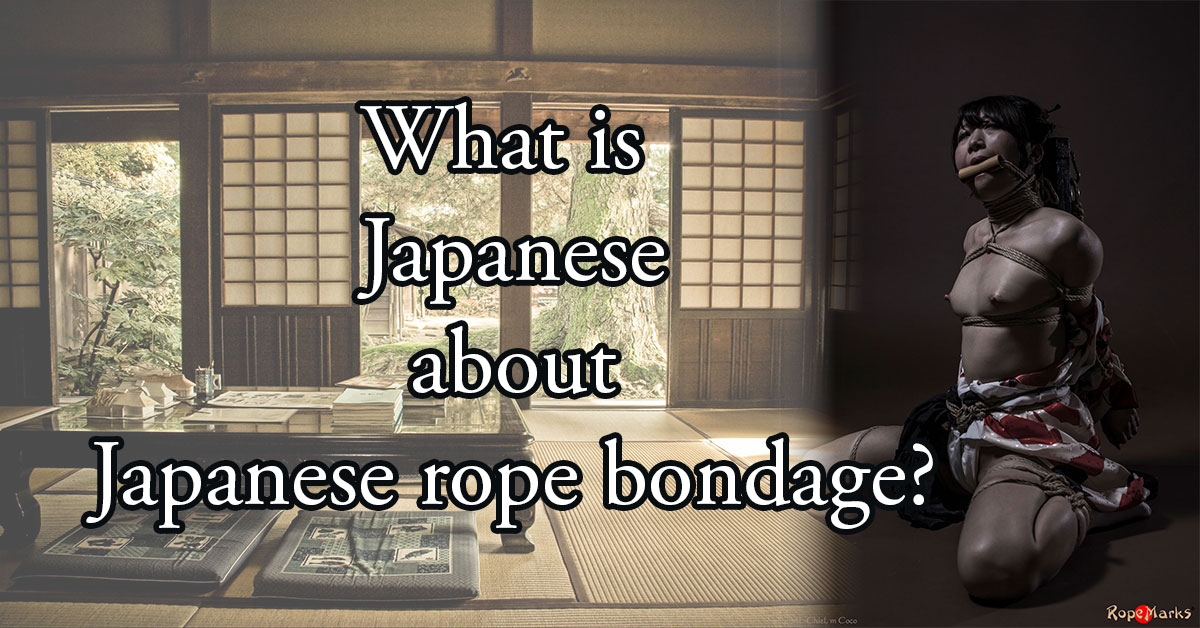
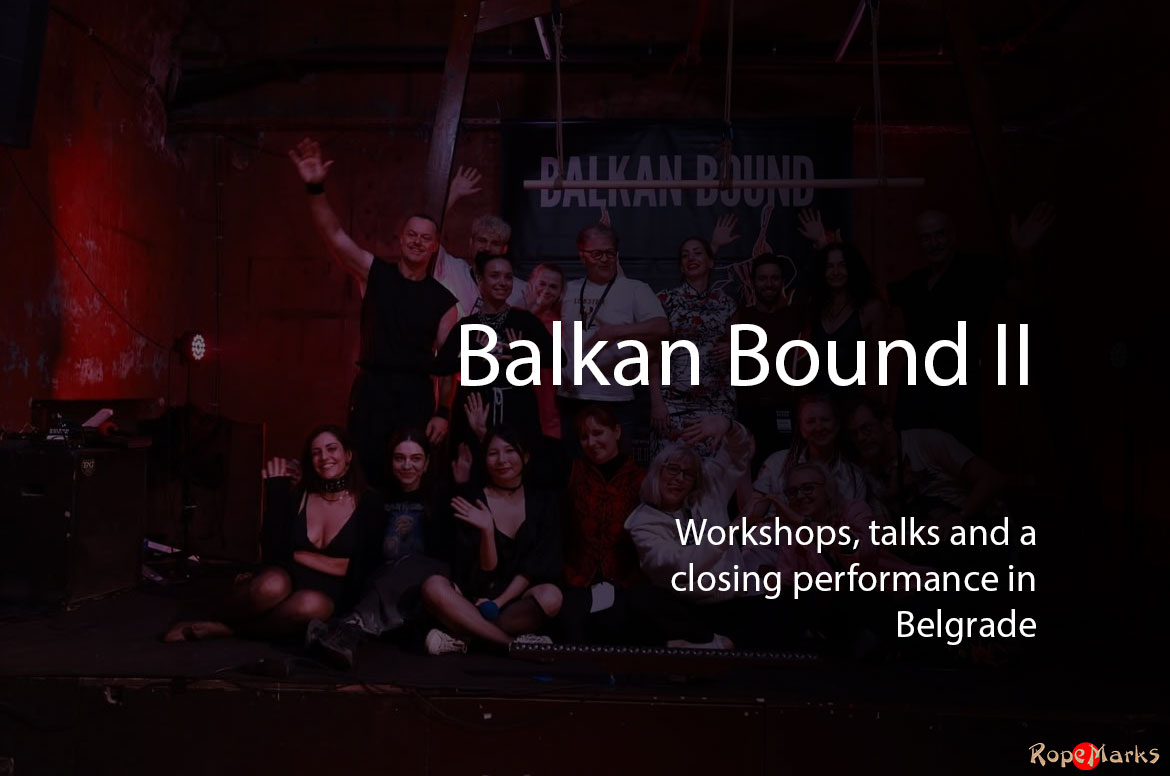
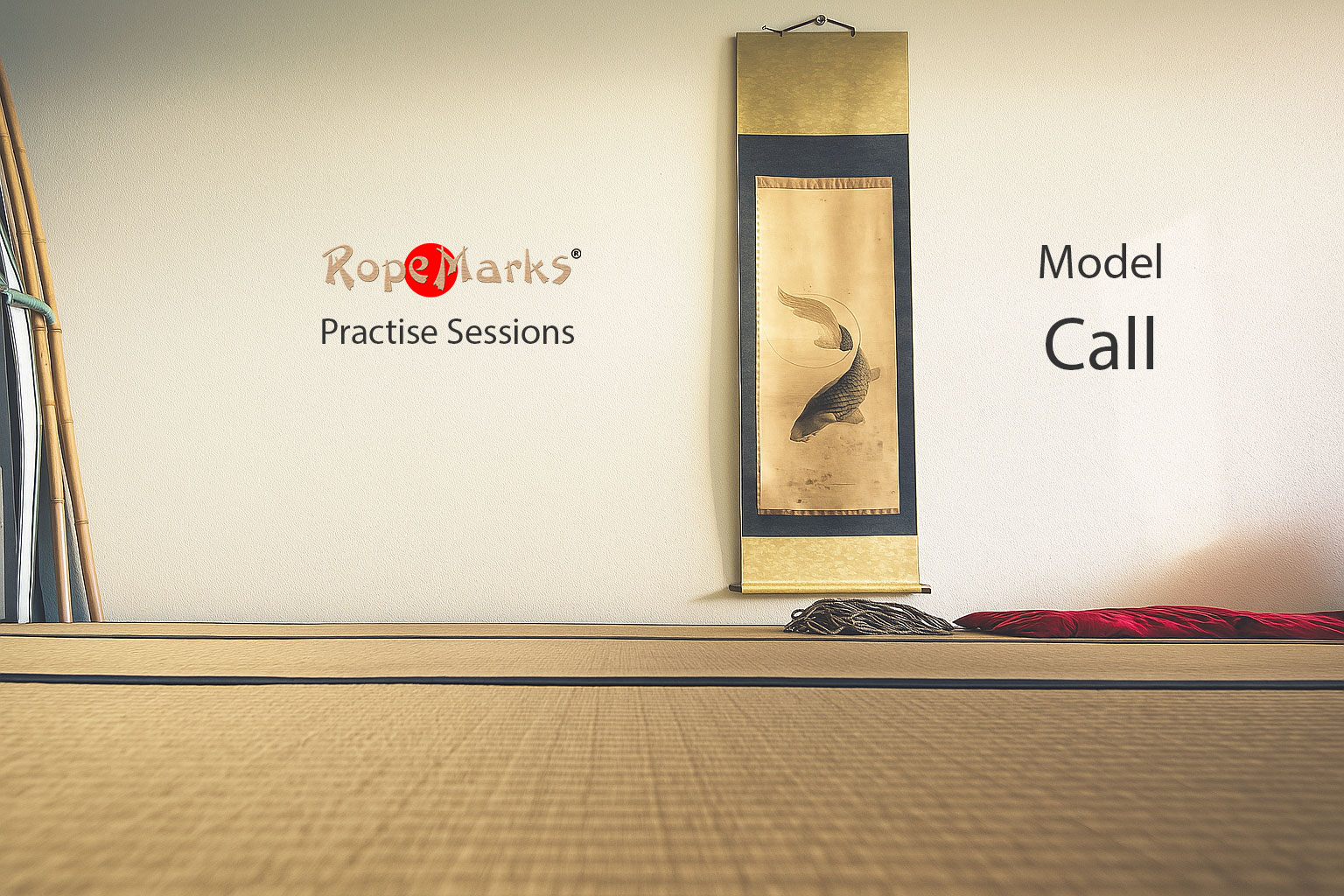
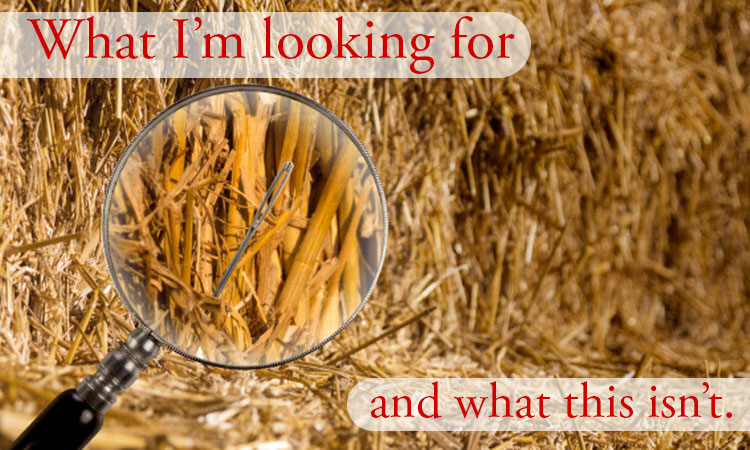
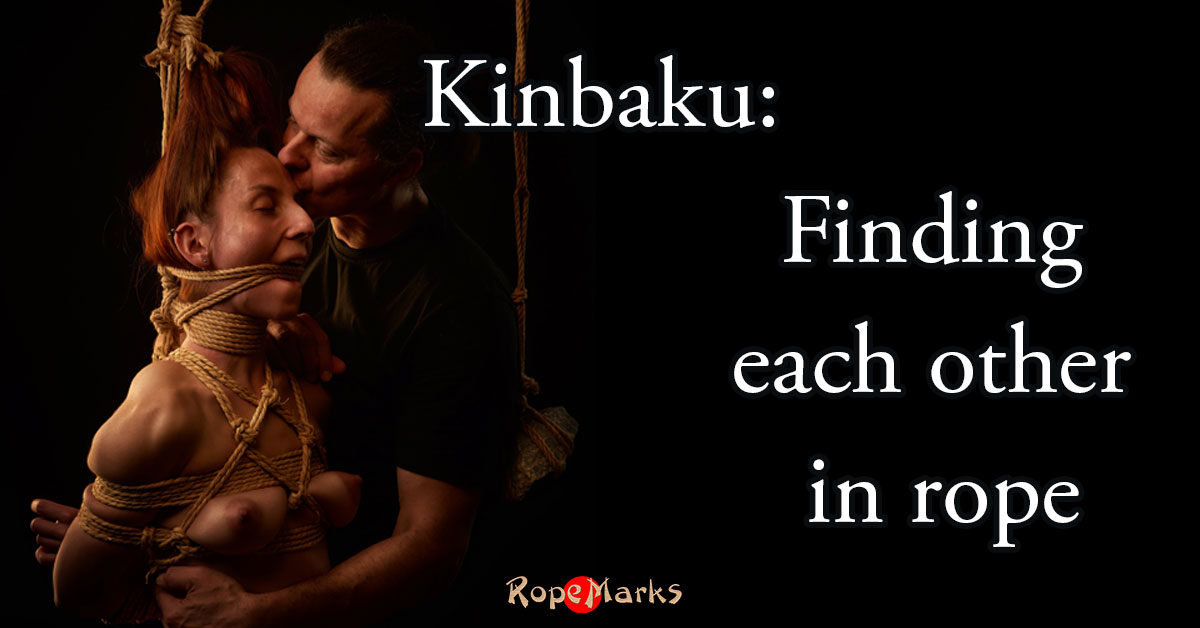
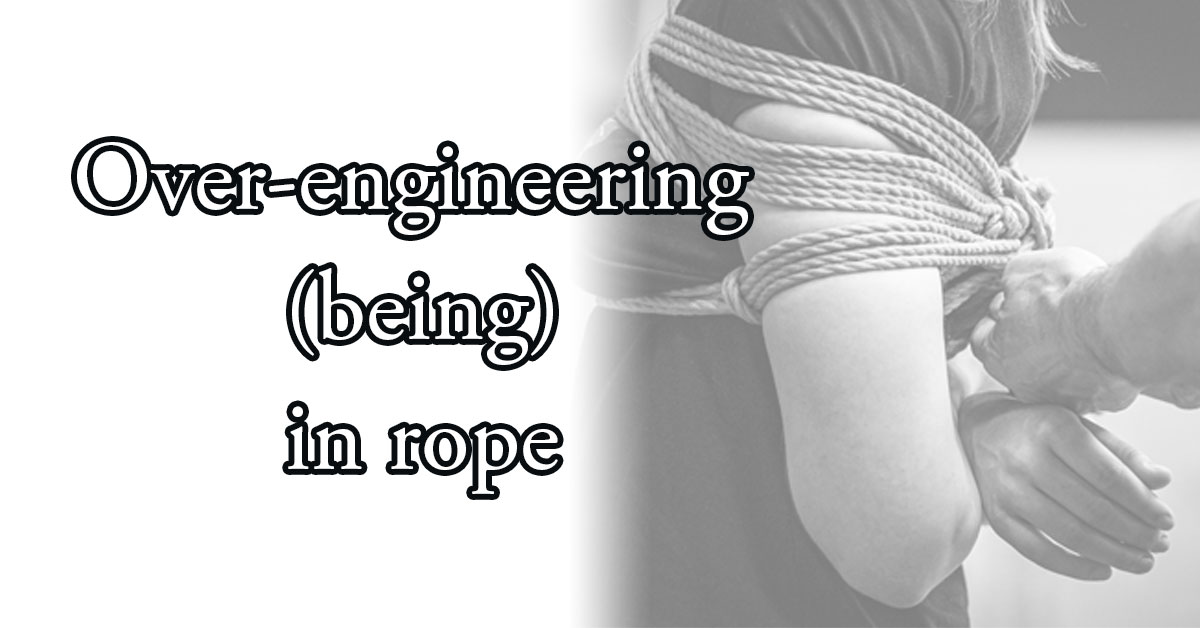






Leave A Comment